
San Juan de la Cruz literary route

We continue the literary itinerary through Jaén with another mystical writer, Saint John of the Cross, considered by many as the pinnacle of mystical poetry, highlighting the Spiritual Canticle and Dark Night among his lyrical works.
San Juan landed in Jaén in 1578 under the auspices of Saint Teresa and the reform of the Order of Carmel. He was appointed Prior of the El Calvario de Beas de Segura Convent, where he arrived very ill and deteriorated by the hardships of his captivity, reason why he stayed in the Monastery of Discalced Carmelites for a few months. He took this time to confess and lead the nuns spiritually, as he found an ideal environment to write and draw the great schemes of his thinking.
Segura is not the only space within Jaén in the life of the Mystic poet. In Baeza he founded the Barefoot College of Carmel, being its first rector. Later, due to the Carmelite disputes and after being dismissed from all his positions, he arrived as a simple subject at the Convent of La Peñuela (La Carolina), where he fell ill “with fever” and was transferred to Úbeda, where he died at the age of 49.
There are many places to trace Saint John of the Cross in Jaén. The Monastery of Discalced Carmelites and the Mystic Interpretation Center in Beas de Segura; the Museum of Saint John of the Cross, the only one existing in the world, in Úbeda; you can come across very important autographed manuscripts of Saint John of the Cross, in Andújar (Andújar Codex) and in Jaén (Jaén Codex).
Come and discover this and many other curiosities!
Website of the Saint John of the Cross Museum (Úbeda)
http://sanjuandelacruzubeda.com
Length of the route
16 kilómeters
Estimated duration
5 hours
Type of route
on foot and by car
PLACES THAT MAKE UP THE ROUTE
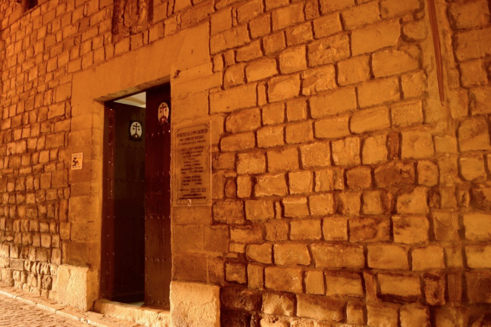
Convent of the Immaculate Conception Discalced Carmelites
This Carmelite convent was founded in March 1595, with its first Prioress being the Reverend Mother Ana de la Encarnación, companion of Saint Teresa of Jesus. The lack of ornamentation prevails in the convent, in accordance with the austerity that reflects the spirit of the Order, but in the interior rooms there is a valuable permanent exhibition called “The Treasures of the Closing”, which has an important pictorial collection, with the primitive portrait of Saint John of the Cross, painted by Fray Juan de las Miserias, stands out. It also holds other important and interesting collections of sculptures, reliquaries, ornaments,…
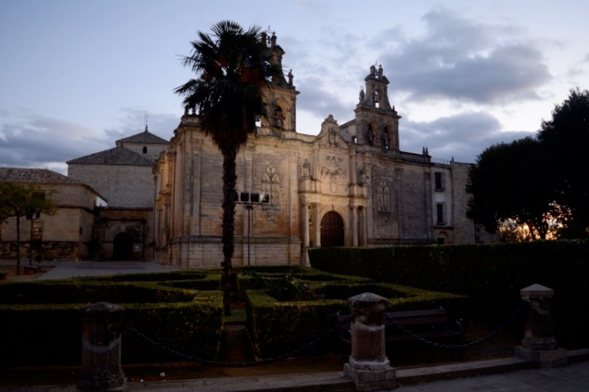
Collegiate Church of Santa María de los Reales Alcázares
La Colegiata de Santa María de los Reales Alcázares es Monumento Nacional y parte del conjunto Patrimonio de la Humanidad y recientemente declarada Basílica Menor, es la principal iglesia de Úbeda. Su vinculación con San Juan de la Cruz viene dada porque en la Colegiata se custodiaron y veneraron las reliquias de San Juan de la Cruz desde la exclaustración de los Carmelitas Descalzos en 1836 hasta su regreso en 1905. Este templo ha experimentado numerosas transformaciones a lo largo de su historia por lo que no tiene una única unidad arquitectónica definida, pero quizás eso la hace más atractiva.…
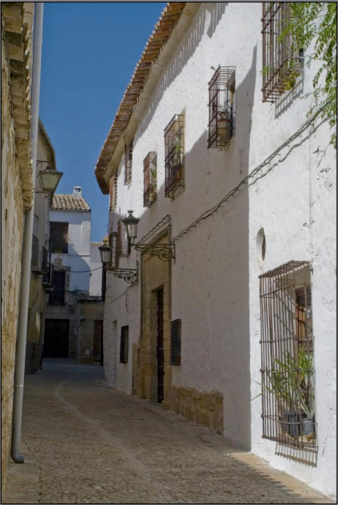
House of Surgeon Ambrosio de Villarreal
Ambrosio de Villarreal, a licensed surgeon, belonged to a family in Ubeda, the cradle of great and famous doctors. He is very important in the Saint John itinerary because he was the one who attended Saint John of the Cross when he fell ill and arrived at the Carmelite convent of Ubeda, certifying his death. The surgeon’s house was located on Las Parras street, which mixes the houses with white facades with the splendid 16th century palatial architecture, so the street is full of historical landmarks that are of great interest to the visitor, so we recommend a leisurely visit.…
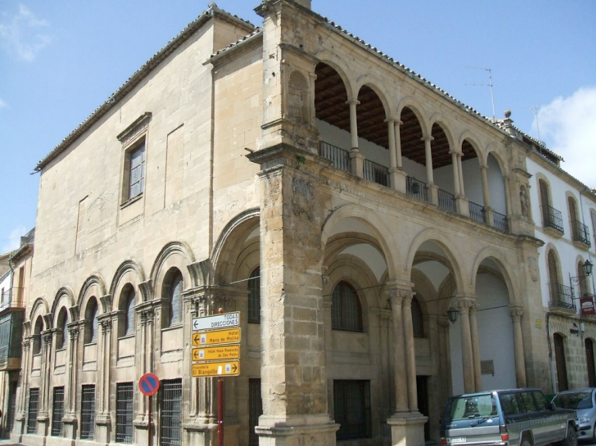
Old town hall houses
Former seat of the Town Hall, it is a magnificent example of Renaissance civil architecture. In the gallery on the upper floor there are two niches, one with the image of San Miguel Arcángel, patron of the city, and the other with Saint John of the Cross. Today it houses the “María de Molina” Conservatory of Music. In this place the restitution of the body of Saint John of the Cross to Úbeda was unsuccessfully managed. His mortal remains were secretly stolen two years after his death, at midnight, before the city noticed the theft and he was taken to…
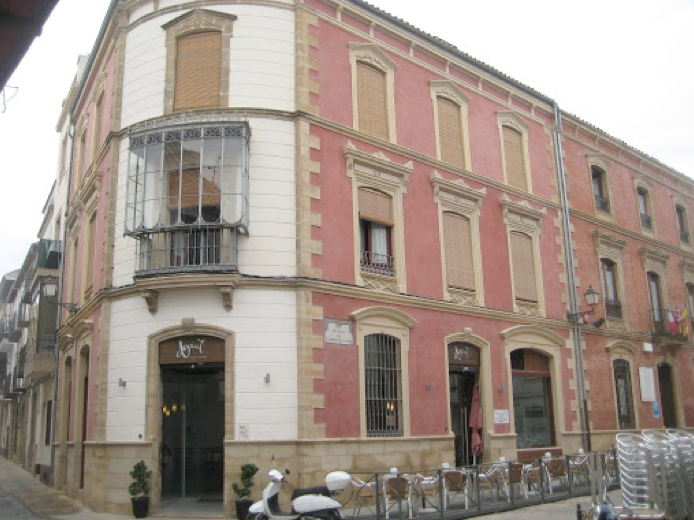
House of the Méndez
You can find it in the historic center of the city, in the Plaza de López Almagro. Casa de los Méndez takes on special importance for the literary route of Saint John of the Cross in Úbeda because this is where his relics were venerated before being taken to the Collegiate Church of Santa María de los Reales Alcázares.
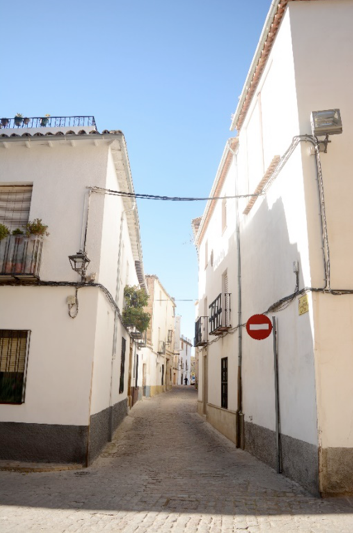
Street San Juan de la Cruz
Úbeda pays homage to the Saint with a street named after him. This street, which was previously called Calle del Toril, is located at the confluence of Calle Carmen and right next to the Museo Oratorio de Saint John of the Cross, precisely where the mystical poet died, so the choice of the name of the street could not be more accurate.

Sacred Chapel of El Salvador
La Sacra Capilla de El Salvador del Mundo is an extraordinary funeral pantheon ordered to be built by one of the most important figures of the time, Francisco de los Cobos, personal secretary of Emperor Carlos V. The pantheon has an important link with the Carmelite reformer because the last and solemn information leading to the beatification of Saint John of the Cross , the greatest and most enlightened of our mystics, was held here. The event occurred on September 6, 1674 by Pope Clement X, although the Decree was not issued until January 25, 1675. The temple itself is…
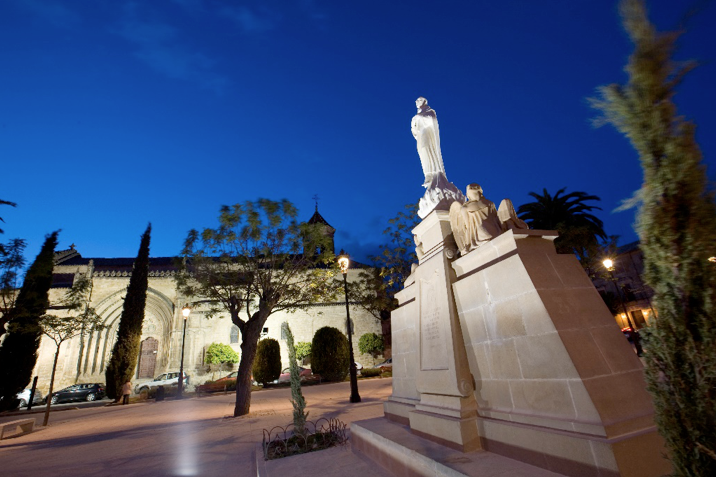
Monument to San Juan de la Cruz
The monument to Saint John of the Cross stands very close to the museum, in the Plaza Primero de Mayo (First of May Square). A monument in the form of a sculpture, made of polished white marble and limestone, which is the work and donation of the Malaga native sculptor Francisco Palma Burgos. It was inaugurated on November 24, 1959, and in that year various events were held in honor of the Saint. The monument, in perfect harmony with the square and the Church of San Pablo, was not the original idea. There was another more ambitious project, whose model…
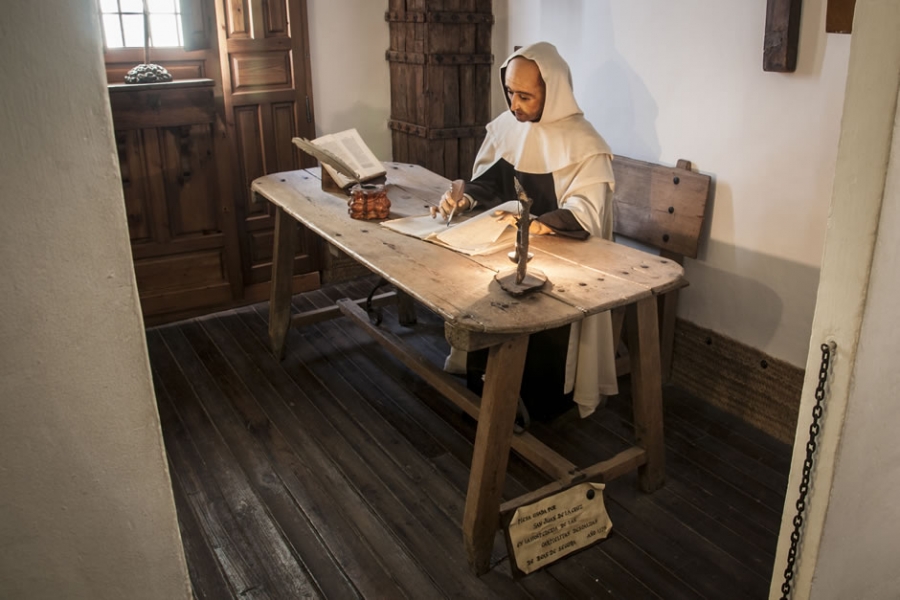
Museum of San Juan de la Cruz
The Museum of Saint John of the Cross, is the only existing one in the world dedicated to his figure, it was inaugurated in 1978 in the premises of the convent of San Miguel de los Carmelitas Descalzos, where the mystical poet went to get cured of the “fever” : (…) “I received here in La Peñuela the batch of letters that the servant brought me. I am very careful. Tomorrow I am going to Úbeda to heal from some fever, for which, (as there have been more than eight days that they give me every day and they do…
Length of the route
300 meters
Estimated duration
1 hours
Type of route
on foot
PLACES THAT MAKE UP THE ROUTE
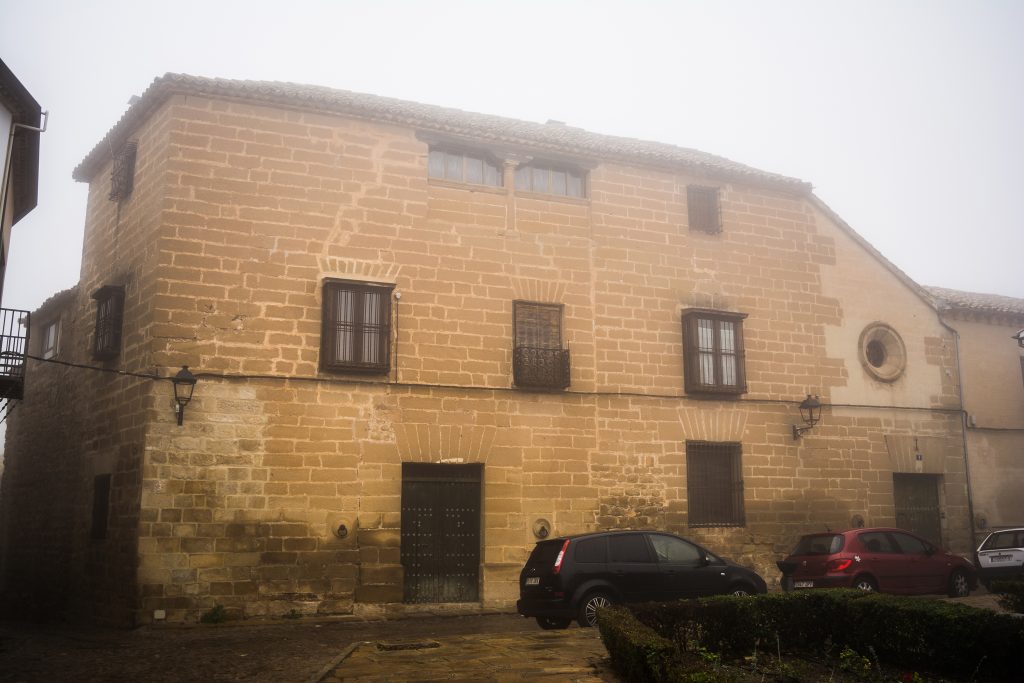
Vicar’s House
Saint John of the Cross resided in the so-called house of the Vicar throughout his stay in Baeza, until 1582. This house, which is still preserved, was the first house in which the Carmelites lived when they arrived in the city, to immediately move to the houses of Juan de Escos, in La Calancha, and later in the new convent (Convento de Nuestra Señora del Carmen). It has a backyard closed by the city wall.
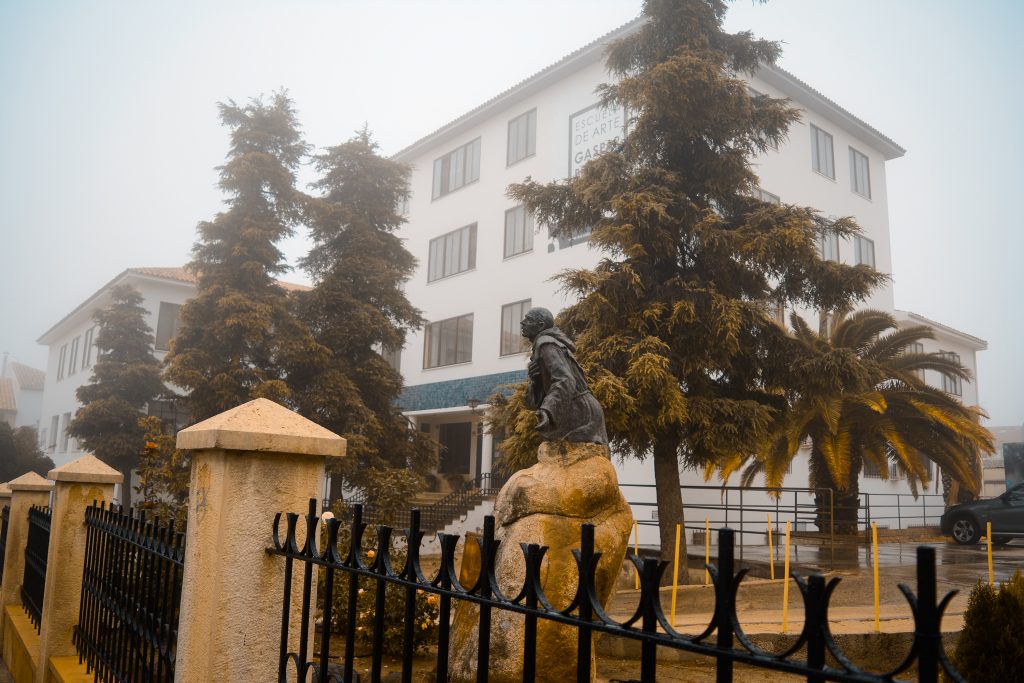
Convent-College of Carmen-San Basilio
As you can see, the name of the Convent-College can be misleading: del Carmen or San Basilio? The reason is because, although the convent was called Nuestra Señora del Carmen, the popular name could be San Basilio because he is the patron of the College: “Note that this school from the day it was founded was given as Patron Saint Basilio and has Nuestra Señora del Carmen as title, and yet many call it San Basilio for not distinguishing between Patron and Title” “Estudios Joselinos” 46, 1992, pp. 15-25, taken from GABRIEL BELTRÁN O.C.D . Testament of Fray Gregorio de…
Length of the route
800 meters
Estimated duration
3 hours
Type of route
on foot
PLACES THAT MAKE UP THE ROUTE
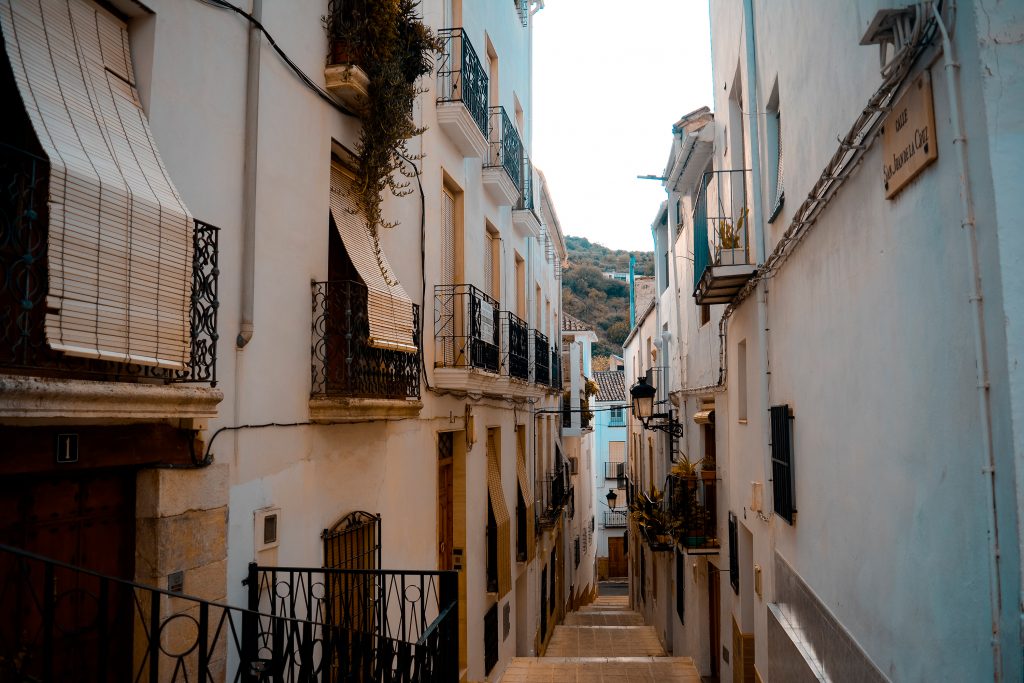
Hospice of Discalced Carmelites
As mentioned in the literary route of Santa Teresa de Jesús, this place, sponsored at the expense of the Carmelite nuns, is posterior to the stay of both mystics in Beas and we recommend that you stroll through it enjoying the typical architecture of the area. Specifically, the Hospice for the Discalced Carmelites was built in 1659, next to the Iglesia Mayor and very close to the Monastery of San José del Salvador. The Hospicio today is part of several private properties on Calle Saint John of the Cross, which is historically known as Callejón del Hospicio.

Way of San Juan de la Cruz
The Way of Saint John of the Cross is a pilgrimage route that begins in Beas de Segura and concludes in Caravaca de la Cruz. The Way originates from the beginning of 2016, at the initiative of the Discalced Carmelites of Caravaca, with the support of the Discalced Carmelites of Beas, to promulgate the heritage, landscape and ethnographic legacy of those villages it crosses and bring tourists or pilgrims closer to his message, his mystique and his poetry. A pilgrimage route of 151 km, performed by the Saint as Vicar and confessor of the Carmelite convents. The Way runs through…
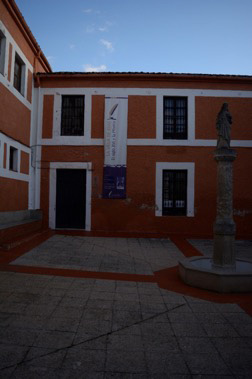
Interpretation Center of the Villa de Beas, the 16th century and La Mística
It is located next to the Sanctuary of the patron saint of the town, the Virgen de la Paz, in an old convent-school of Madres Calasancias, built in the 19th century on the remains of the old Castle and Fortress of Villa Vieja. The Interpretation Center is divided into two different spaces, the History area and the Mystic area. In the thematic area of History, the visitor can explore aspects related to Beas de Segura, such as its history, the different noble families, the castle-fortress, the Order of Santiago and the Encomienda, the symbolism of the bull or the folklore…

Monastery of San José del Salvador
Saint John of the Cross arrives at Beas as Prior of the Calvary Convent because Mother Ana de Jesús (whom he held in great esteem, so much so that he directs h Spiritual Canticle) considers the need to have the spiritual assistance of the most Discalced close to their community, because, as they were based in La Peñuela (La Carolina), so far from Beas, they were very rare. The Calvary Convent has been completely altered and converted into a large farmhouse, conserving only some parts of it and a spring of water, which may well be the one that inspired…
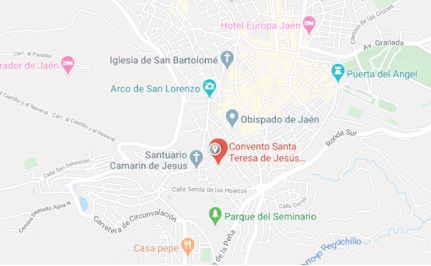
Length of the route
0 meters
Estimated duration
1 hours
Type of route
on foot
PLACES THAT MAKE UP THE ROUTE
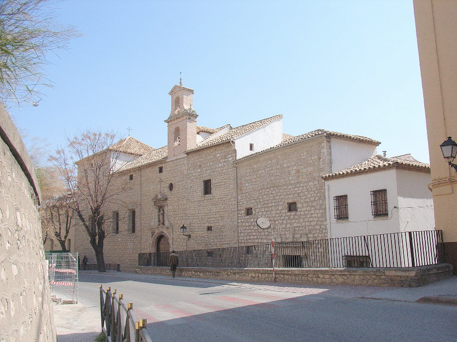
Monastery of Santa Teresa de Jesús
The Baroque-style Santa Teresa de Jesús Monastery was founded on a house-palace in 1615 (the construction of the temple began in 1673), after several unsuccessful attempts to found it in the capital of Granada. It is a very austere Carmelite-style temple with a very simple composition, which actually gives it great beauty. In addition to the architecture itself, the monastery holds important treasures inside, altarpieces, sculptures or paintings, and, most importantly, an authentic bibliographic treasure: the manuscript of the Spiritual Canticle of Saint John of the Cross, also called the Codex of Jaén. The Codex of Jaén is not a…
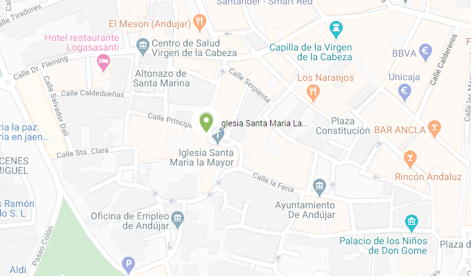
Length of the route
0 meters
Estimated duration
1 hours
Type of route
on foot
PLACES THAT MAKE UP THE ROUTE
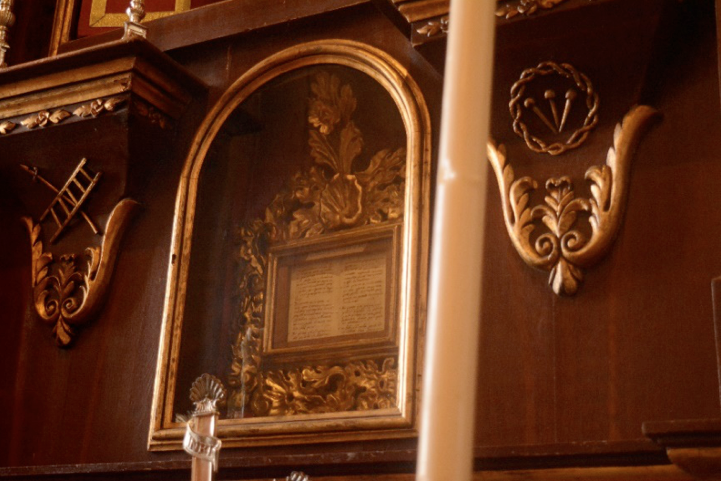
Church of Santa María la Mayor
The parochial temple of Santa María known as “la Mayor”, speaks of its preeminence over the other parish churches of the city. The church is one of the most precious jewels of the Andujar heritage and remarkable for the wealth in form of movable property that it treasures, as we can highlight the presence of an authentic Greco, the Prayer in the orchard, in the altarpiece of the Main Chapel or the San Juan autograph of Sayings of Light and Love in the chapel and altar of Cristo de la Paciencia, which make it one of the most significant temples…